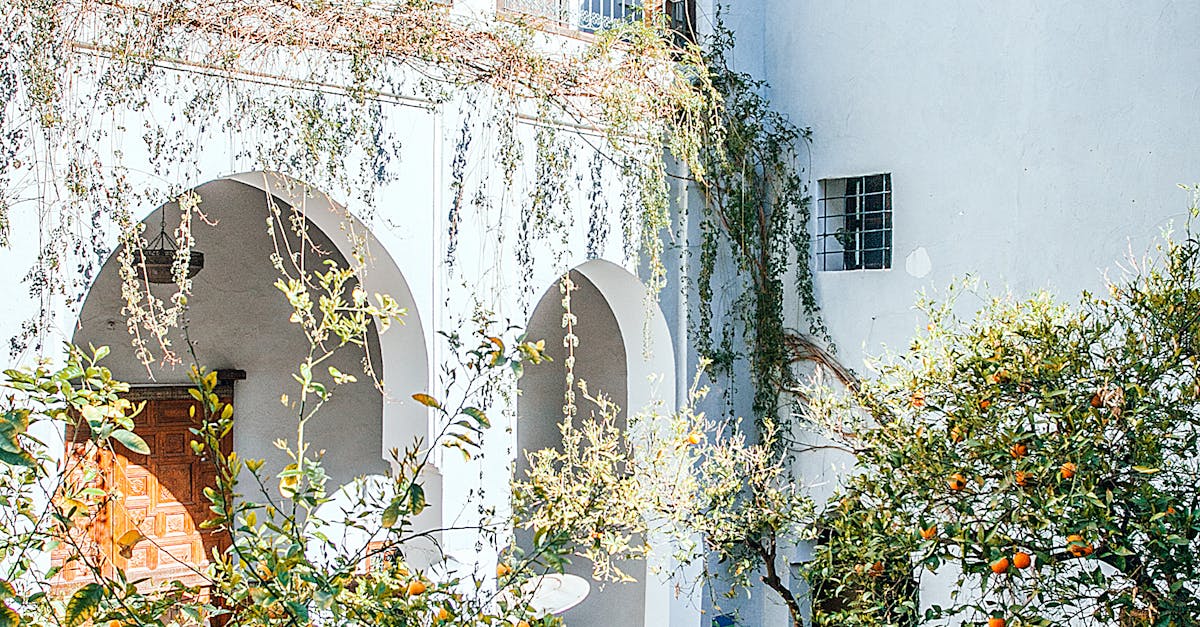 What are some techniques to rejuvenate and protect weathered cobblestone surfaces?
What are some techniques to rejuvenate and protect weathered cobblestone surfaces?Sealing Cobblestone: Dos and Don'tsHow can drainage solutions help in preserving cobblestone?
What are some strategies to minimize direct exposure of cobblestone to harsh sunlight and rain?stone over time.
Another mistake to avoid is over-application of the sealant. While it might seem like applying more will provide better protection, excess sealant can lead to a buildup on the surface of the cobblestone, causing discolouration and a sticky residue. It is essential to follow the manufacturer's guidelines for application, ensuring that the cobblestone is adequately protected without the risk of unwanted side effects.
Skipping Surface Testing
Skipping surface testing before sealing cobblestone might seem like a time-saving measure, but it can lead to costly mistakes down the track. Surface testing is crucial to determine the porosity of the cobblestone and ensure that the sealant will adhere properly. Without this essential step, there is a risk that the sealant may not penetrate the surface effectively, leading to poor coverage and potential water damage.
By skipping surface testing, you also run the risk of choosing the wrong type of sealant for your specific cobblestone surface. Different types of cobblestone may require different sealants, and without proper testing, you may end up using a sealant that is not suitable for your particular surface. This can result in ineffective sealing, reduced durability, and the need for costly reapplication sooner than expected.
Environmental Impact of Sealing Cobblestone
When considering the environmental impact of sealing cobblestone, it's crucial to acknowledge the potential implications on surrounding ecosystems. Traditional sealants contain harmful chemicals that can leach into the soil and waterways, causing pollution and harm to wildlife. These chemicals can disrupt the natural balance of the environment and pose risks to both plant and animal life in the area.
To mitigate these negative effects, opting for eco-friendly sealant options is key. These alternatives are specifically designed to reduce harm to the environment by using natural ingredients that are less toxic and biodegradable. By choosing environmentally conscious sealants, homeowners can help protect the ecosystem while still enjoying the benefits of sealed cobblestone surfaces.
EcoFriendly Sealant Options
Eco-friendly sealant options are becoming increasingly popular among homeowners looking to minimise their environmental impact while maintaining their cobblestone surfaces. These sealants are formulated using sustainable materials that are less harmful to the ecosystem compared to traditional sealants. By opting for eco-friendly sealant options, you can effectively protect your cobblestone while also contributing to a greener planet.
One key benefit of using eco-friendly sealants is their biodegradable nature. This means that when the sealant eventually wears off, it breaks down naturally without releasing harmful chemicals into the environment. Additionally, many eco-friendly sealants are water-based, reducing the use of toxic solvents that can pollute the soil and waterways. Consider exploring these environmentally conscious alternatives to traditional sealants when sealing your cobblestone surfaces.
FAQS
Why is it important to seal cobblestone?
Sealing cobblestone helps to protect it from stains, moisture penetration, and wear and tear, extending its lifespan and enhancing its appearance.